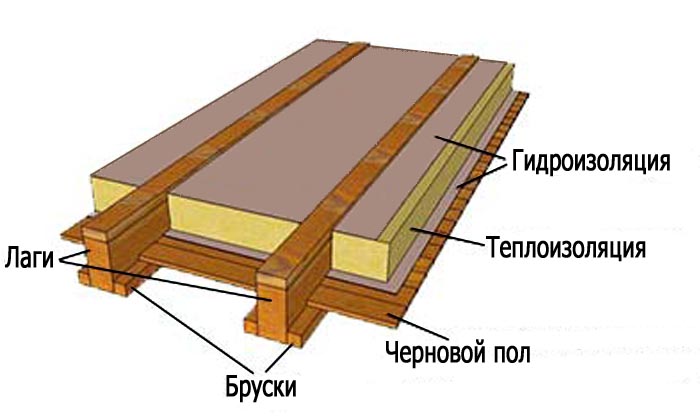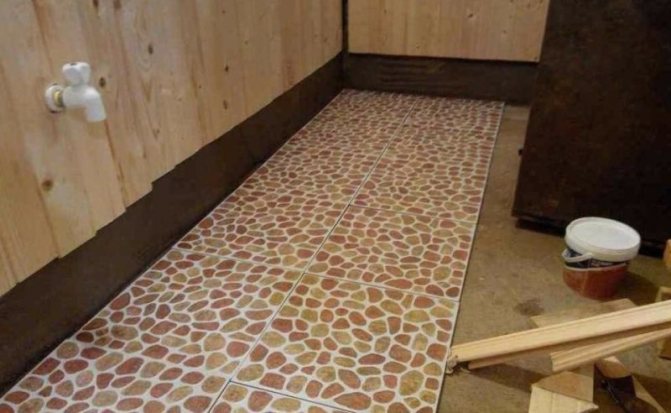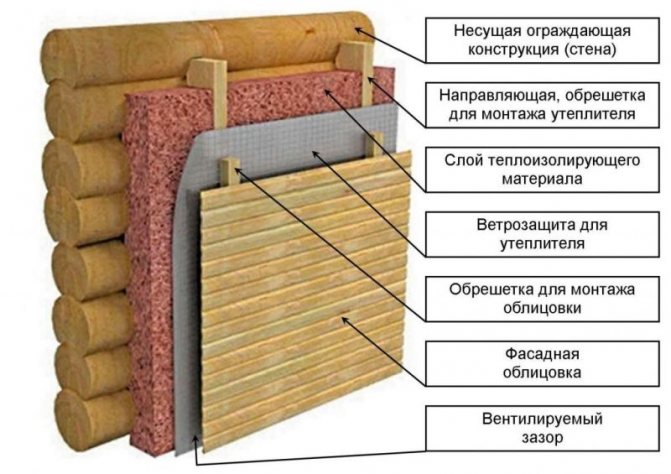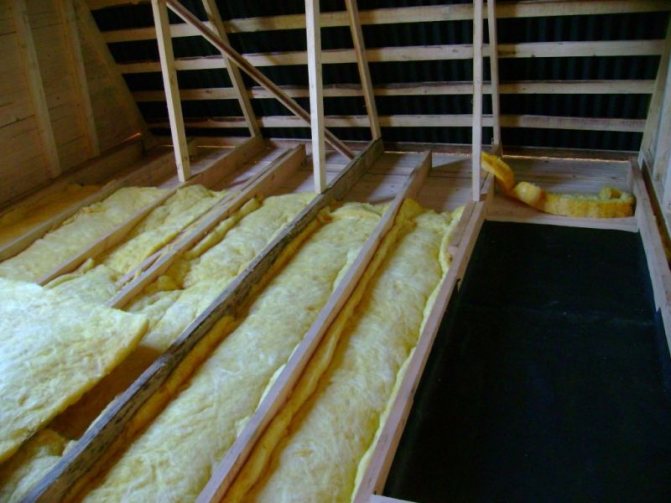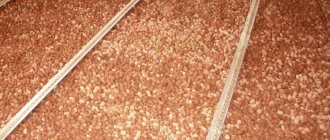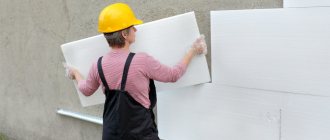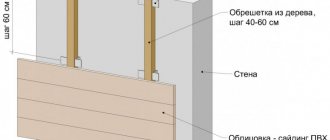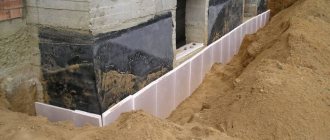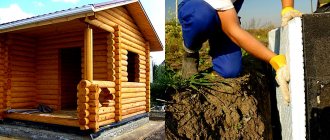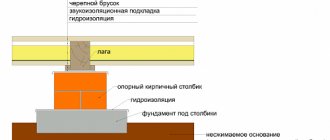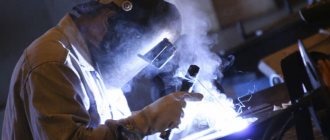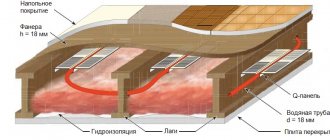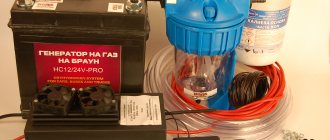In rural areas or suburbs, many homebuilders erect wooden baths or insulate log baths, which, after being used for a certain period of time, require repair work to insulate them for their comfortable use and reduce the consumption of raw materials for heating.
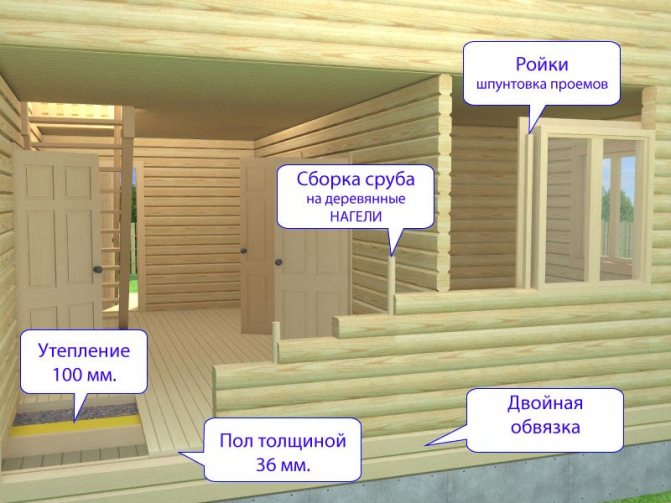
Diagram of the device of a bath from logs
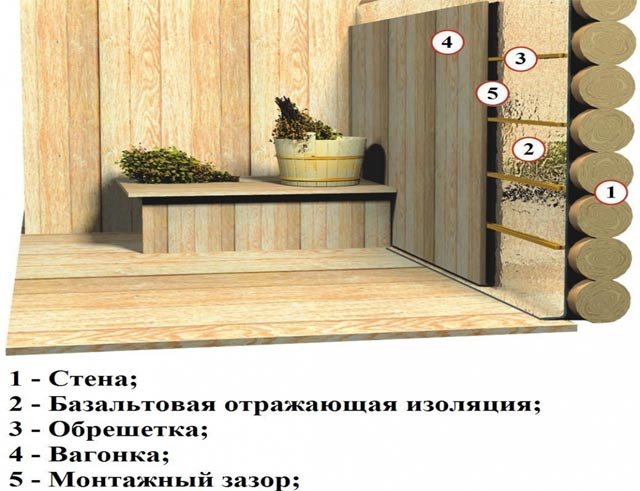

How to properly insulate the walls of a bath
The procedure for warming a wooden frame
It is necessary to take care of the insulation of the walls of a wooden bath at the stage of its construction. For this there is a mezhventsovy heater for the bath. It is laid between the logs of a log house. Such heaters have a natural base of felt, jute, hemp hemp, linen tow. Natural insulation provides natural air exchange in the room.
Jute fiber does not rot and does not absorb moisture. Long-lasting insulation is linen-jute felt, which combines the strength of flax and the water-repellent properties of jute.
- When erecting walls, insulation is laid between the crowns.
- After the complete assembly of the log house, the joints of the logs are sealed, sealing the insulation with a special caulk.
- The sealed joints are covered with a sealant.
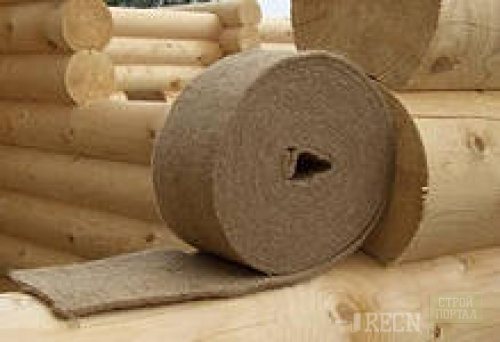

How to insulate the walls of a bathhouse made of bricks or foam blocks from the outside
It is possible to insulate the walls of a brick bath from the outside using a ventilated facade device. A frame is mounted on the walls, then a heater and a waterproofer are attached. The work is completed by sheathing the frame with materials for the facades of buildings - siding or plastic clapboard.
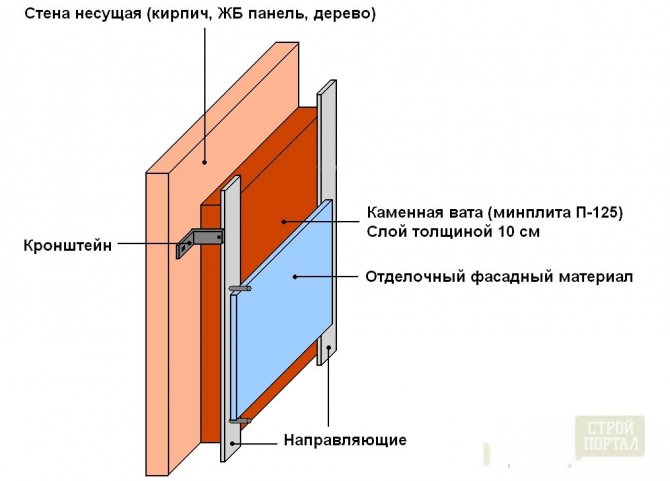

The procedure for arranging a ventilated facade is as follows:
- Treat the wall surface with an anti-fungal primer.
- Install the aluminum profile vertically at a distance of 0.8-1 m from each other.
- Fill the space between the profiles with a layer of insulation.
- Close the joints between the plates of thermal insulation material with tape or fill with adhesive.
- Secure the waterproofer with rails.
- Install horizontal guides from the profile for further fastening of the facing material.
- Sheathe the finished frame with finishing material for cladding the facades.
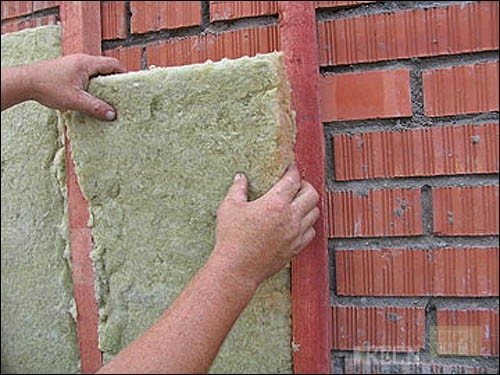

Wall insulation technology inside the bath with Penotherm thermal insulation
- The insulation is attached to the walls of the bath vertically. The wooden surface does not require preparation.
- Unwind the roll and cut the required number of strips with an allowance of 10 cm to the height of the walls.
- Secure the material with a stapler with the foil side inward. The material is overlapped.
- Do not cut off excess material along the length, but wrap it on the floor. This method of installation will ensure the drainage of condensate.
- Glue the seams with metallized tape.
- Install a wooden lathing for the subsequent installation of the lining.
- Install wooden lining.


Insulation of the walls of a brick bath from the inside
The principle of installation of internal thermal insulation of the walls of a bath made of bricks or foam blocks is the same as outside.
The difference is that a wooden crate is mounted inside the bath, and not a metal one.
After laying the insulation and waterproofing membrane or film, the crate is sheathed with wooden clapboard.
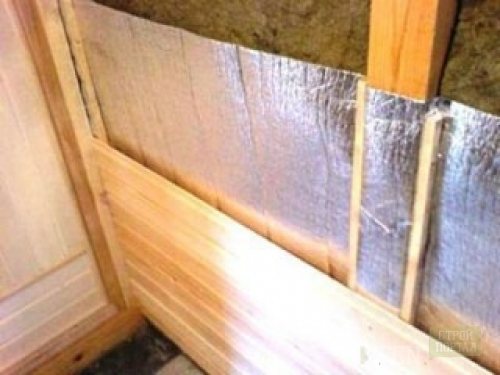

Do-it-yourself warming of the walls of the bath, done according to all the rules, will help keep the heat in the bath and preserve your health.
Thermal protection method
There are two ways to insulate the base - before and after laying. The first method is applied before pouring the cement. Insulation materials are laid on the outside of the foundation wall above the ground and underground (if there is a tunnel). Insulation of the underground part of the foundation block, which is in contact with the ground, is additionally covered with a protective layer.If the foundation block is shallow, its base is also subject to thermal insulation.
After casting the cement mortar, in addition to finishing with heat-insulating material inside the room, a blind area is laid - the outer layer that holds the base. Before filling the blind area, a heat-retaining layer is laid under it.
Often builders use formwork instead of an insulating layer. The structure is mounted not from wood, but from expanded polystyrene. Therefore, it does not need to be removed after the concrete has dried. It is a good thermal insulation material, does not deteriorate under the influence of environmental factors. Unfortunately, wooden boards are prone to rotting.
The second method is used after the construction of the building. In fact, it is equivalent to warming the height of the basement. The base, as with internal insulation, is protected by a blind area. This method is simpler, more economical, but less effective, since it is applied only to the front side of the foundation.
Features of warming a frame bath outside
If you need to insulate the walls of a frame bath, then it is best to use foam for this. In this case, the lightness of this material plays a decisive role. Although there are other advantages, for example, hydro-repellent properties and low thermal conductivity.
It is possible to insulate a frame bath from the outside using foam plates, even if you do not have the skills to work with this material. Insulation just needs to be glued to the wall or fixed with self-tapping screws, and plaster or decorative facade cladding should be applied on top. The lack of foam is in its fragility, which is why you need to be especially careful when working with this material.
What should you pay attention to?
It is recommended to insulate the walls in the bath with materials that can pass (not accumulate) moisture. This group includes jute, moss, flax, that is, all heat insulators of natural origin.
Experienced craftsmen advise not to "be led" on advertising or the experience of neighbors, but to rely on the peculiarities of their construction. The first thing you should pay attention to is the density of the insulation. For one-story baths made of profiled timber, the recommended thickness of the heat insulator is 3-4 mm with a density of 300-400 g / m2. If the building will include 2 floors, then the density of the material should be 700-800 g / m2 with a thickness of 8-10 mm.
The ratio of density and thickness plays an important role. For example, if a heater with a density of 300-400 g / m2 is laid with a thickness of 6-7 mm, then "voids" will soon appear. And vice versa. Installation of material with a density of 700-800 g / m2, laid with a thickness of 5-6 mm, will be considered too rigid. In this case, the insulation will not be able to evenly fill all the voids of the timber after the shrinkage is completed.
What materials can be used for thermal protection
Previously, builders used sand, expanded clay, and earth to create a heat-shielding shell. They were buried around and between the excavated foundation blocks. Expanded clay and sand have thermal insulation, waterproofing, drainage properties.
These materials reduce the force of soil pressure on the wall, which allows their use on clay soils. Such measures were explained by the lack of an alternative or financial opportunity. In addition, sand, expanded clay layers can be poured on their own without the involvement of a construction team.
Later, in addition to natural thermal barriers, mineral wool was used. This material is heat-resistant, but has several disadvantages:
- need additional moisture-resistant protection, because they are prone to getting wet;
- they are mounted on a frame base, since they do not have the necessary rigidity;
- subject to subsidence, which negates the thermal insulation characteristics.
Due to the problems of mineral wool, a new type of insulation has appeared - bituminous mastic.This mixture is used to cover micro-slots, gaps, cracks in the foundation, protecting it from moisture, partially insulating it.
The next step in the development of building heat insulators was foam plastic. The material is very resistant to temperatures, loads and accidental damage, easy to install. From above, this material must be treated with plaster, because under the influence of direct sunlight, the material turns yellow and loses its quality. In addition, rodents spoil it.
At the top step in the development of heaters is polyurethane foam (or its analogue - expanded polystyrene). It possesses not only heat-insulating, waterproofing qualities, but also noise-insulating ones. This material:
- durable;
- sealed;
- steam and waterproof;
- reliable;
- depending on the form of use, it can be seamless;
- has low thermal conductivity.
The weak side of polyurethane foam is its susceptibility to destruction by exposure to sunlight.
The range of thermal insulation is diverse. The choice depends on the budget allocated for the construction of the bath, the planned operation time of the building, and the time frame.
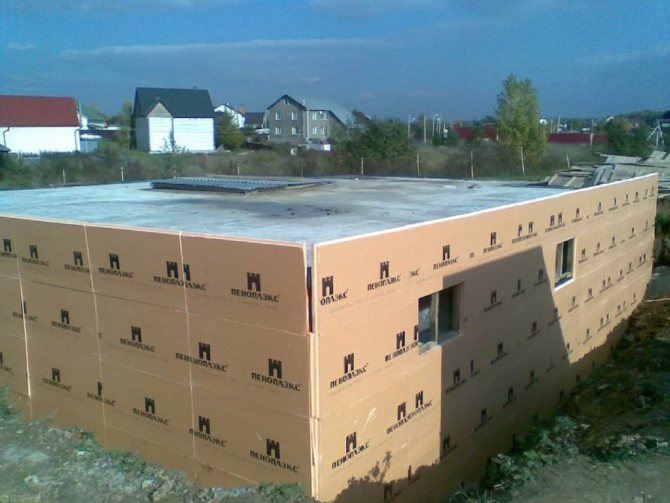

Insulated foundation
Thermal insulation of baths from a bar
External insulation of bath buildings from a bar is made in the same way as in the case of a structure made of logs. The building must also settle down, since gaps also appear in it, which must be repaired.
As for the question of how to insulate a bath from a bar outside, the choice depends on the climatic features of the region, the thickness of the walls. This work is performed in the event that the thickness of the timber for a given type of climate is not enough to effectively retain heat.
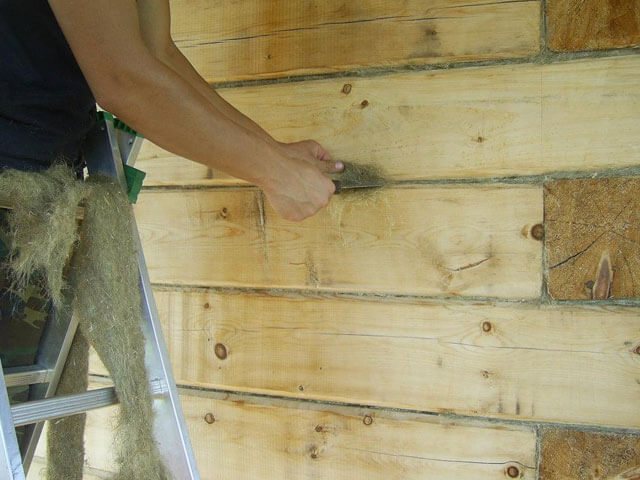

Warming takes place as follows:
- they carry out the lathing using a bar or metal guides, exposing the elements in two planes - vertical and horizontal;
- install thermal insulation materials;
- equip moisture and wind protection;
- counter battens are made (this is not a mandatory stage of work, but there must be a gap between the protective film and the finishing material);
- carry out finishing.
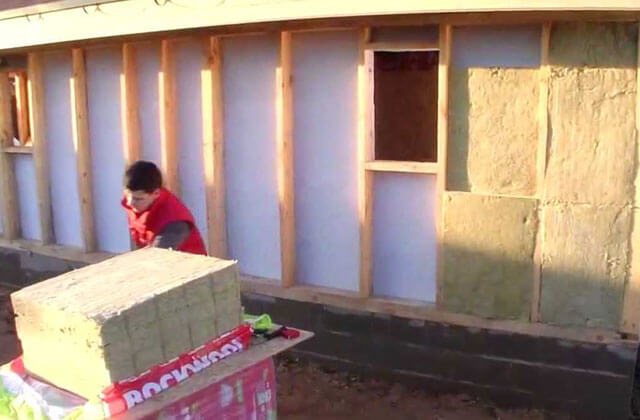

The bathhouse is sheathed outside with clapboard, siding, edged board, block house, metal profile and other materials. After finishing, wood trim is necessarily covered with a varnish for outdoor use, sometimes it is additionally painted before this, although many modern mixtures also have a slight tinting effect.
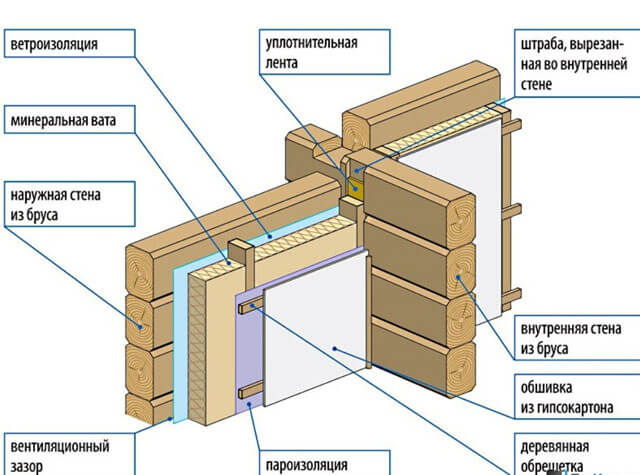

When siding was used as a finishing material, it becomes mandatory to arrange a ventilation gap between the sheathing and the insulation. To create the lathing, it is recommended to use guides, which can be purchased at the same place as the siding. They are attached to special suspensions.
Why carry out a similar procedure
Before dealing with cladding, wall and foundation insulation in a bath, you need to understand why this is needed. Thermal insulation allows:
- Keep the room warm.
- Prevent moisture damage to the base of the building. The liquid, penetrating into the micropores of the foundation under the influence of temperature changes, expands small holes, forming cracks.
- Increase the rigidity of the base.
- Warm up the floors of the building.
- Reduce heating costs.
- Normalize the room temperature.
Insulation is not needed when the bath is being built without a foundation (mobile or lightweight construction).
In addition to its practical use, the basement insulation is necessary to give the building a finished look.
It is important to take care not only of warming the base. The base also needs processing
What materials are suitable for bath insulation
- In order to keep warm in a heated bath for a long time, it is necessary to insulate the walls of the bath from both sides. Heaters for internal thermal insulation must be environmentally friendly and meet sanitary standards.
- Mineral wool heaters have a low thermal conductivity. It has high hygroscopicity, therefore it needs reliable waterproofing. For interior decoration, its use is undesirable. Under the influence of high temperatures, mineral wool releases harmful substances. When using mineral wool indoors, waterproofing is necessary not only to protect the material from moisture, but also as a barrier against the ingress of harmful vapors into the room.
- Polystyrene also emits harmful substances when heated. For this reason, it is not used for internal thermal insulation of a bath.
- Finnish sauna heater SPU Sauna-Satu has a high thermal insulation capacity. It is produced in slabs with a size of 600x1200 mm. Thickness 30 mm. The material does not support combustion. Does not absorb moisture. Due to the fact that the material does not emit harmful vapors when heated, the SPU Sauna-Satu insulation is recommended for indoor use. In particular - for finishing the steam room and sauna. Installation is carried out directly on the wall without a lathing device.
- Thermal insulation of the walls of the bathhouse from the outside pursues the goal of protecting the building structure from atmospheric influences - cold air and precipitation. The insulation technique is chosen depending on the building materials from which the bath is built. For outdoor insulation, almost any type of insulation is suitable.
- To insulate the walls of a frame bath, you should choose a material with a low weight, so as not to create unnecessary stress on the walls.
- Foil thermal insulation Penotherm NPP LF is produced especially for finishing the steam room. This insulation is made of expanded polypropylene NPP, laminated with aluminum foil on one side. Combines the qualities of heat and waterproofing. The material is resistant to high temperatures. Has a thickness of 3 to 10 mm.
- For insulation of brick walls, which has a high thermal conductivity, a material with a thickness of 8-100 mm will be required. For wooden baths, insulation with a thickness of 3 to 5 mm is suitable.
- For the device of steam and waterproofing, special materials are used. The GEXA company produces Izospan films and membranes. The correct waterproofing device helps to preserve the properties of the insulation and prevents the formation of condensation.
How to insulate a steam room
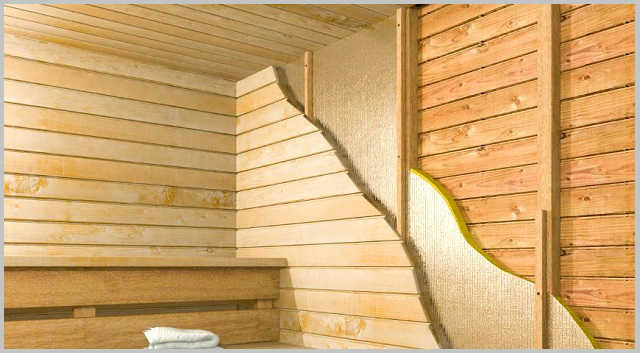

Steam room insulation mineral wool with a foil layer
The steam room is the main element of the bath; this room maintains a special temperature and humidity regime with a temperature of more than 100 degrees and 100 percent humidity. Extreme conditions impose special requirements on the building material and finishing work, in the steam room they make an independent circuit of heat and vapor insulation. For decoration, moisture-resistant wood that does not emit resin is used. The finishing material must meet the following requirements:
- Maintain working properties at high temperature and humidity;
- Do not emit harmful vapors when heated;
- Meet fire safety requirements.
Mineral or basalt wool is suitable for thermal insulation of the steam room; heaters retain their working properties at temperatures above 500 degrees. These materials have similar properties, mineral wool is soft, bends easily and adheres better to surfaces, a loose mass and becomes compacted over time. Basalt wool is more durable, the material does not cake and retains its elasticity. A layer with a thickness of 50 mm is laid on the walls, up to 100 mm on the ceiling, the vapor barrier is made of aluminum foil with a thickness of at least 200 microns. For decoration, use birch, aspen or linden.
Features and technology of warming the basement of the bath
Bath insulation from the inside must be started from the floors. However, before that, it is imperative to carry out the insulation of the foundation. If this is not done, then no matter how insulated and reliable the floors of your bath are, cold air will still penetrate inside.
If we consider the foundation from the point of view of possible heat loss, then it can be divided into 2 zones: the underground part and the basement. Accordingly, the insulation of the basement of the steam room can be done in 2 ways. The underground part is insulated with a layer of expanded clay, the height of which should be approximately 2 times greater than the thickness of the walls. Then the plinth from the outside is sheathed with mineral wool or extruded polystyrene foam.
Technologically, the insulation of the foundation is not particularly difficult. It is acceptable to use 1 of 2 possible options. Warming of the foundation is carried out up to the level of soil freezing. This parameter is determined separately for each region. When installing heat-insulating material to a great depth, the effectiveness of the use of insulation is significantly reduced. In the corner zones, the thermal insulation layer must be increased by 1.4-1.6 times.
If the foundation is insulated with extruded polystyrene foam, there is no need for additional laying of a protective coating for the waterproofing layer, which would protect it from mechanical damage.
In the process of preparing for pouring the foundation, the trench and the formwork for pouring the foundation are made wider than the calculated dimensions by the thickness of the sheet, or better even 2 sheets of polystyrene insulation. Insulation is attached to the surface of the foundation after removing the formwork. The part of the foundation that rises above the ground can be finished with decorative stone or tiles directly over the thermal insulation material. This completes the warming of the basement of the bath.
Useful Tips
When insulating a bath outside, careful observance of all requirements and norms will be required. Only this will allow you to perform all the work efficiently, the bath will not quickly lose heat, and it will be easy and quick to warm it up. We offer some useful tips for warming a bath, which will surely help many.
- When insulating outside, one should not forget about the foundation of the structure. It can be insulated with special mineral mats. A layer of expanded clay or slag should be laid under the floor; ventilation holes are required in the foundation itself.
- Between the outer wall and the interior decoration, especially in the steam room and the wash compartment, a vapor barrier must be made. For this, it is recommended to use foil; for rest rooms, kraft paper can be effectively used for the same purpose.
- In order to avoid the negative effect of steam on the entire structure, it is recommended to coat the wooden baths with a mixture of clay and sawdust in the upper part.
- Some of the heat escapes through the cracks in the windows. To prevent this from happening, you should use non-combustible materials along the contour of the window, caulk all the places under the windowsill. The frames themselves must fit very tightly to the window sashes, which will prevent the glass from fogging up.
https://www.pogreemsya.ru/www.youtube.com/watch?v=7jhN5SJ6hHY
We wish your bathhouse to be the warmest and most comfortable.

